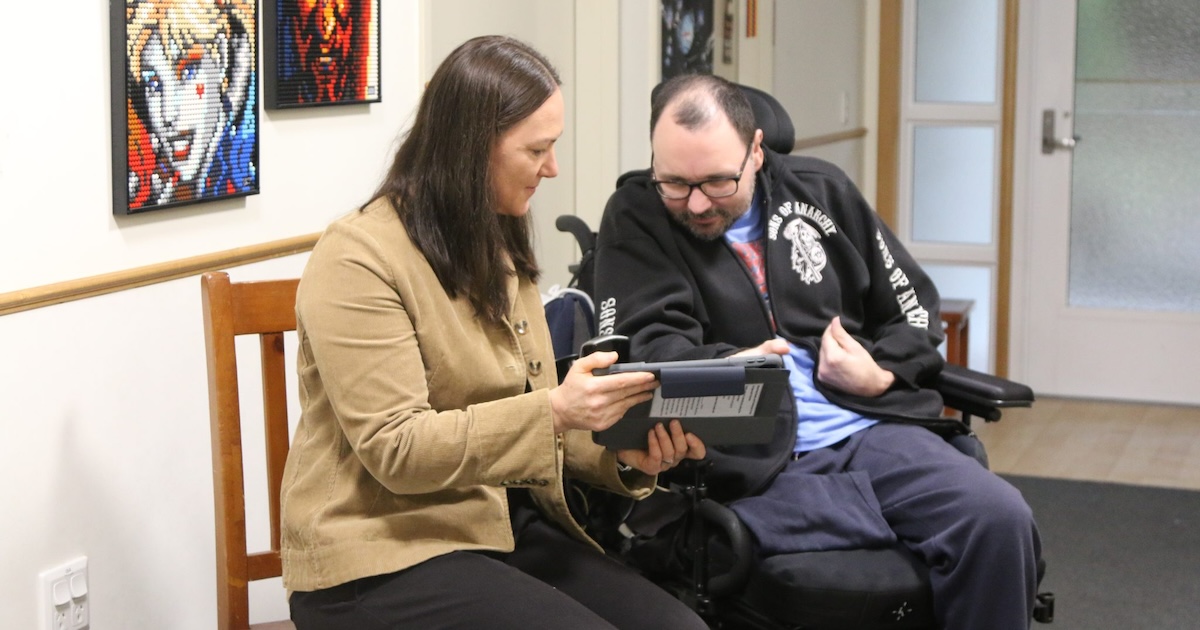The University of Sydney is working with the Australian Trade and Investment Commission on the development of a breath ketone analyser for people living with type 1 diabetes.
The device, which measures blood ketone levels in the breath, could represent a less invasive way – replacing pin prick testing – for those affected with diabetes to monitor their health, as well as being more accurate.
Monitoring for ketones is important in people with diabetes when they are sick and at risk of developing diabetic ketoacidosis, the latter of which requires emergency treatment and can be life threatening
“The process will be as simple as roadside breath testing – just by measuring the concentration of acetone in a patient’s breath, blood ketone levels can be calculated,” Professor Xiaoke Yi from the School of Electrical and Information Engineering said.
She explained the device has been calibrated to a high sensitivity and is based on an innovative sensing technique that is not affected by alcohol or other gasses.
More than 1.7 million Australians are living with diabetes, according to the nonprofit organization Diabetes Australia, and one out of every 10 is living with type 1 of the disease.
Diabetic ketoacidosis is a life-threatening condition that results in more than 7,000 hospitalisations each year in Australia, with costs reaching into the millions.
“Looking at current testing methods – blood testing is invasive and relatively expensive,” Professor Stephen Twigg from the University of Sydney’s Charles Perkins Centre, said. “Getting real-time results from urine testing can be problematic. In contrast, this new device uses a person’s breath to measure ketone levels and is not invasive, and promises to be clinically accurate and less financially burdensome.”
Twigg said breath ketone monitoring could potentially offer a safe, reliable and on-demand way of monitoring ketones in the body using portable technology.
The device is the result of a multidisciplinary research project from the university’s engineering department, the University of Sydney Nano Institute and the Perkins Centre.
In addition to testing for diabetic ketoacidosis, the university noted the device could also have the potential to monitor other diseases such as liver disease, epilepsy and Alzheimer’s Disease.
The Perkins Centre also is currently conducting research using regenerative medicine approaches to replace the cells killed in type 1 diabetes and potentially cure diabetes, as well as developing new diabetes technologies to understand and improve the way insulin is delivered to the body.
